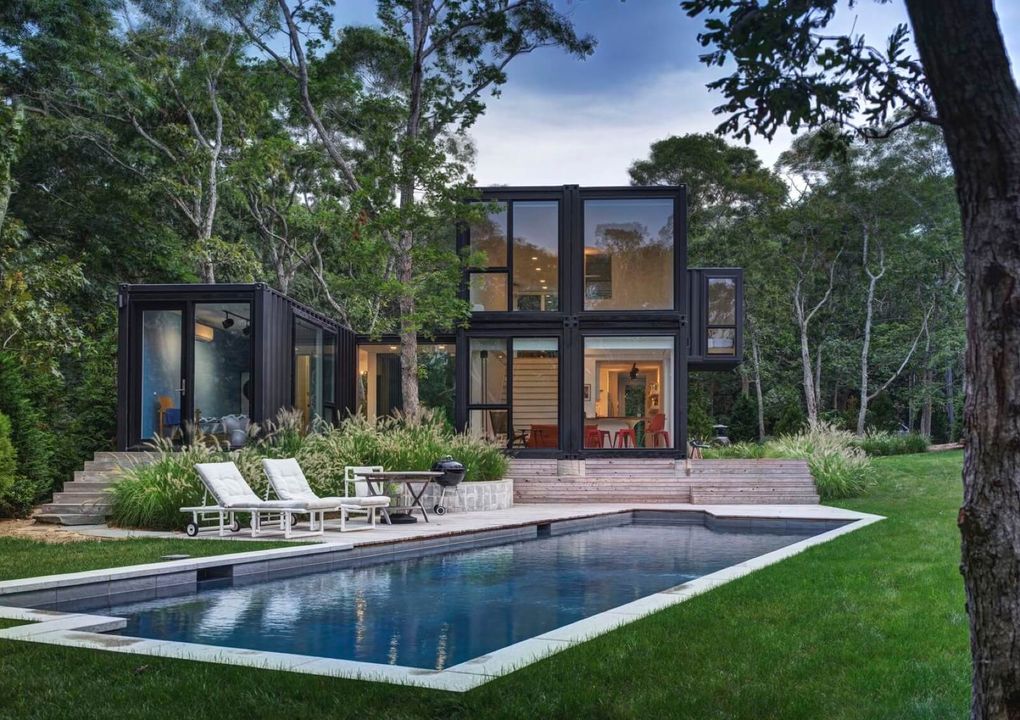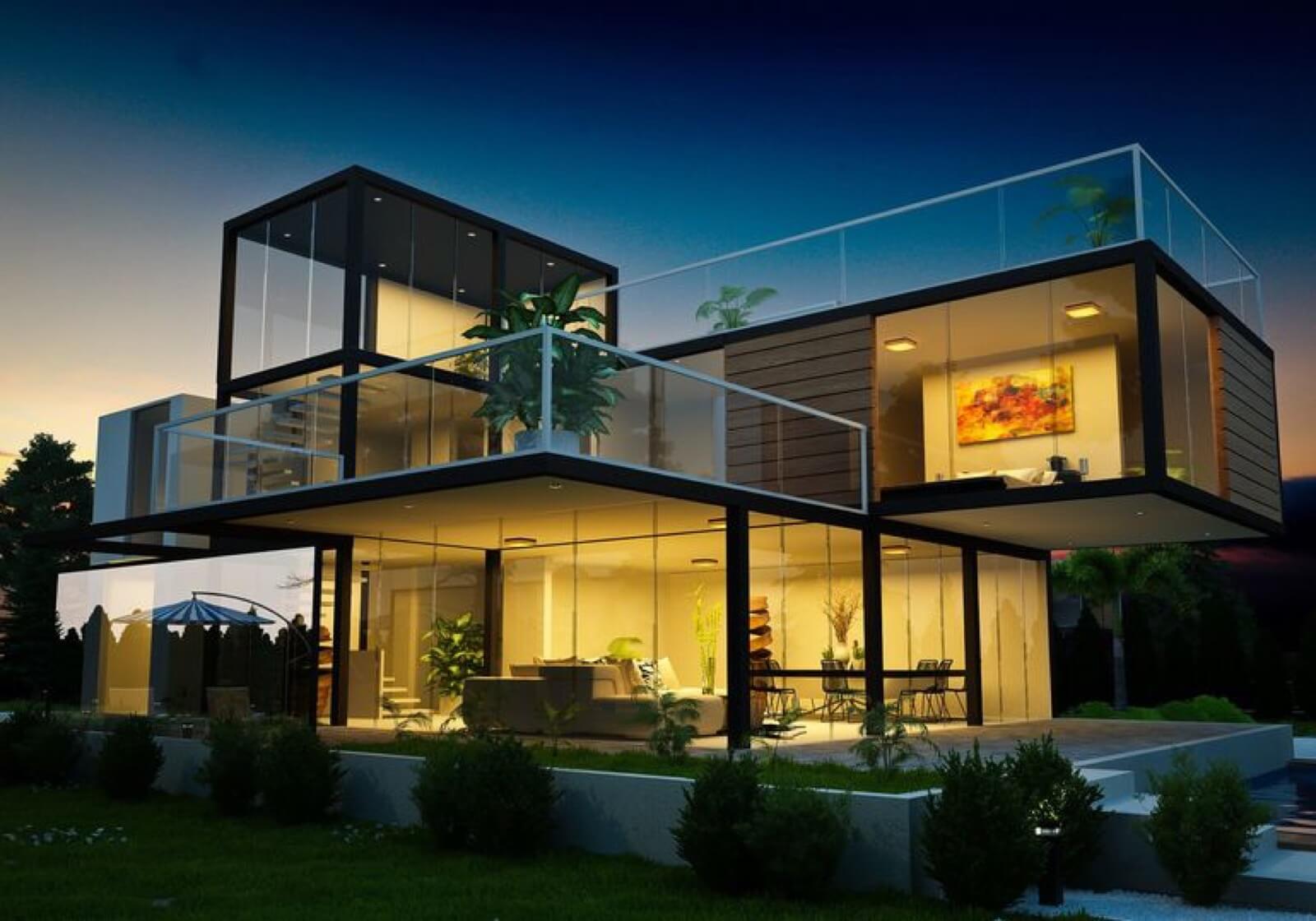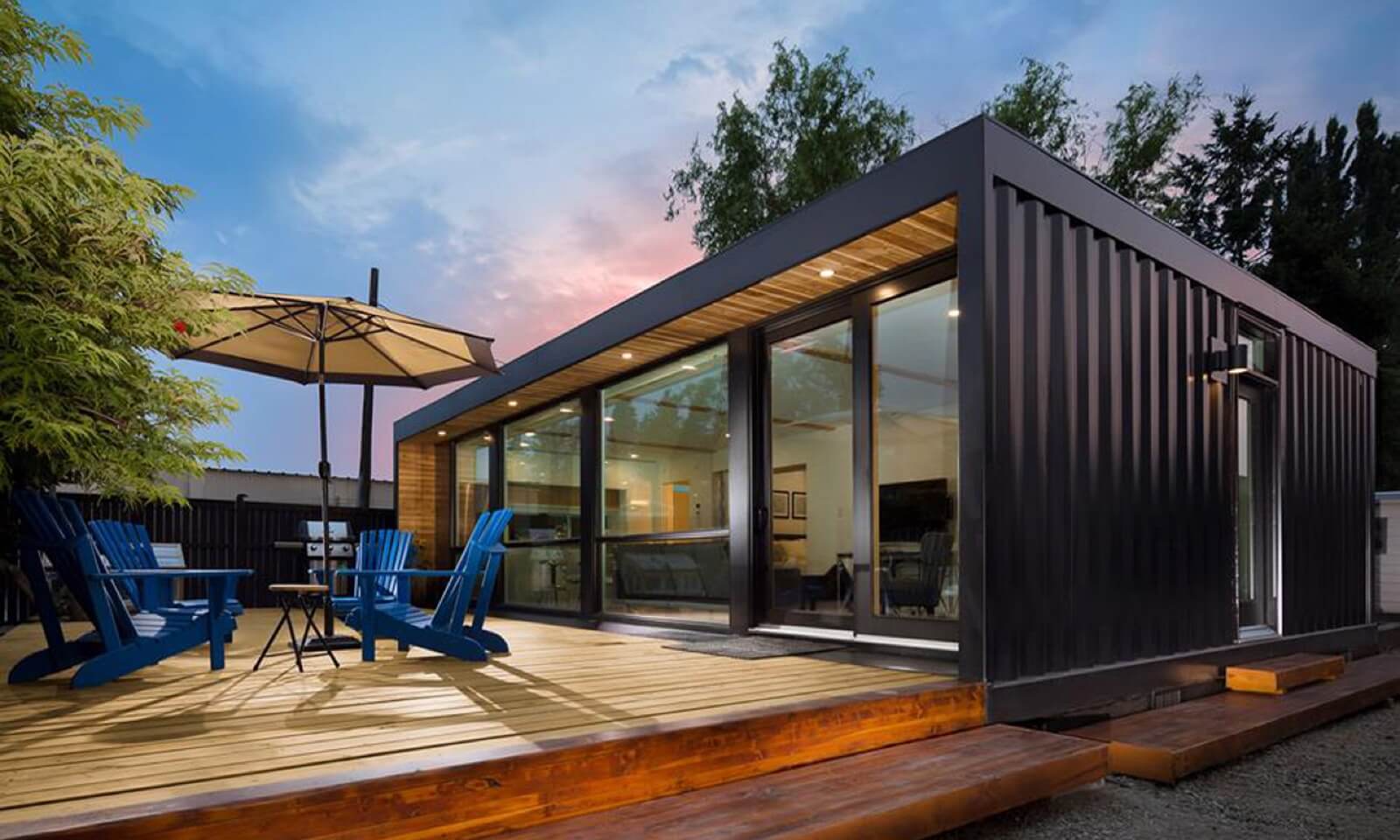The trade imbalance with China is many things, but clearly it’s not all bad. The U.S’s inventory of used (well, currently unused…) shipping containers is growing every day. But instead of just letting them sit around and gather dust, forward-thinking designers and architects are finding new ways to make use of them.
You may have heard of the trend before, and turning shipping containers into homes is nothing new. However, modern shipping container homes are. Today, architects and designers are creating completely pre-packaged homes that are just as beautiful as they are functional, while showcasing exciting new design concepts that have never been seen in shipping container homes before.
Without further ado, here are 4 pros and cons of shipping container homes – and why you should care.
The Pros of Shipping Container Homes
1: They’re (Mostly) Environmentally Friendly
Depending on usage history, most used shipping containers are a very eco-friendly alternative to traditional housing. Repurposing a shipping container to put a roof over your head does not call for conventional energy and building materials like bricks and cement.
2: They’re Affordable
Most repurposed shipping container homes can be bought for as little as $10K. Plus, you won’t need to fork out as much cash for building materials and labor costs during the construction process. Many home-buyers who opt for shipping containers unleash their inner DIY’er to build the humble home of their nontraditional dreams.
3: They’re Mobile
You don’t need to dig extensive foundations to construct a shipping container home. What’s great about owning one is that you can literally take it with you if you get bored of one location. A quick call to a local shipping transportation service is all it takes to pick up and move your repurposed shipping container home to anywhere in the world. Convenient, right?
4: It’s Easy to Get Off the Grid
Seeing as most shipping containers measure in at just under 8 feet, dwellers rarely need more than a few solar panels and maybe a portable gas bottle to fulfill all their electricity needs. Imagine having power but no power bills, and water but no water rates. This is the real-life dream for people all around the world.
Potential Cons of Shipping Container Homes
Before you order a shipping container and relocate to the middle of an abandoned forest, it’s important to look at every side of the story first. Here are 4 potential disadvantages of shipping container homes that you might want to consider:
1: It Can Be Hard to Get a Building Permit
While shipping container homes have been around for a while, they’re still a relatively new concept when looking at the bigger picture. This means it can be difficult to get the required building permits, depending on your region. In places like California and Texas – as well as certain parts of New Zealand and Costa Rica – there are regulations in place for modern shipping container homes. We recommend paying a visit to your local city planning office to enquire about things like zoning restrictions, permitting requirements, building codes, and the like.
2: Reinforcement is Required
Being built out of durable steel is great, but some modifications may disrupt the structure’s integrity. For example, cutting holes for windows and doors can cause more harm than good to the structure. It’s also important to take certain weather conditions into account, like heavy snow – which could damage the roof. Contractors can install sloped rooftops and load-bearing walls if need be, so this isn’t necessarily a deal breaker.
3: Using Modern Appliances is Also Hard
Living off the grid means you’ll need a licensed and reliable electrician to install personalized electrical setups in your repurposed shipping container home. This electrician must be familiar with the unique design and architecture of a shipper container, and don’t forget about a plumber. If the location you’ve chosen for your shipping container lacks electricity access, you’ll likely need to bring in a contractor to install a few solar panels on the roof.
4: They’re Not Always Eco-Friendly
Always do your homework before buying any old shipping container you find online. Certain used shipping containers have been involved in the transport of toxic chemicals, which – left over on the walls of your home – could be dangerous for anyone living in the space.




